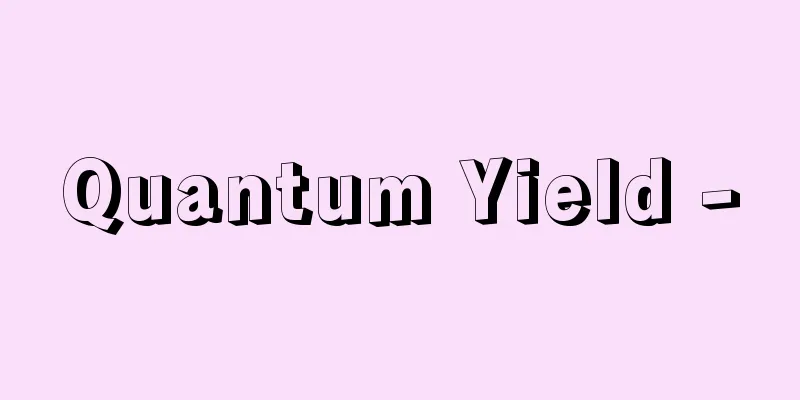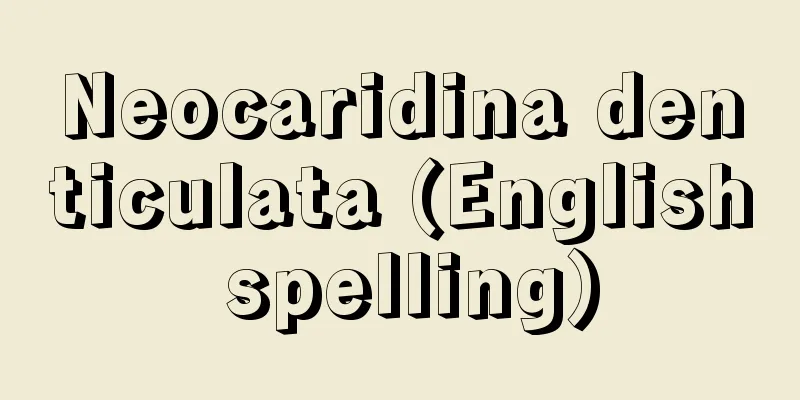Quantum Yield -

|
It is also called quantum yield or quantum efficiency. It is the number of chemical changes that occur per quantum of light absorbed in a system, i.e., the number of molecules that disappear or are created. If a molecule that absorbs a quantum of light always completes one reaction, the quantum yield will be 1. If a chain reaction is involved, the quantum yield will be greater than 1. For example, In this case, the quantum yield of HCl production reaches 10 5 . Source: Morikita Publishing "Chemical Dictionary (2nd Edition)" Information about the Chemical Dictionary 2nd Edition |
|
量子収率または量子効率ともいう.系に吸収された光量子1個当たりに生じた化学変化数,すなわち消滅した分子数,または生成した分子数をいう.光量子を吸収した分子が,つねに一つの反応を完結すれば量子収量は1になる.連鎖反応が含まれていれば量子収量は1以上になる.たとえば, の場合,HCl生成の量子収量は 105 にも達する. 出典 森北出版「化学辞典(第2版)」化学辞典 第2版について 情報 |
Recommend
Crab bat
A perennial plant of the Asteraceae family that gr...
gentian
…A perennial plant of the Gentianaceae family tha...
Casuarina equisetifolia (English spelling)
… [Okamoto Motoji]. … *Some of the terminology th...
Taymā (English spelling) Tayma
…However, in general, spring oases are inferior t...
Odaitou
This district faces Notsuke Bay in Betsukai Town,...
Calcium Light
...Also called lime light, gray light lamp, calci...
Urnfield Culture
…The oldest known cremation is from the XV-XII la...
Amine
A general term for RNH2 (primary amine), R2NH (se...
Righteous Children's Army
…In China, with the collapse of the aristocracy t...
Bribery - bribery
It is a crime for a person who performs public du...
Vacuum induction melting
…Most have a capacity of 50 kg to 10 tons. The me...
ISRO - ISRO
Indian Space Research Organisation (ISRO) is a nat...
Anhinga - American Anhinga
... The common anhinga is found in tropical Afric...
Rotary rock drill - Rotary rock drill
...A machine that uses impact is called an impact...
Gas Chromatography Mass Spectrometry
...Ion-molecule reactions play an important role ...









